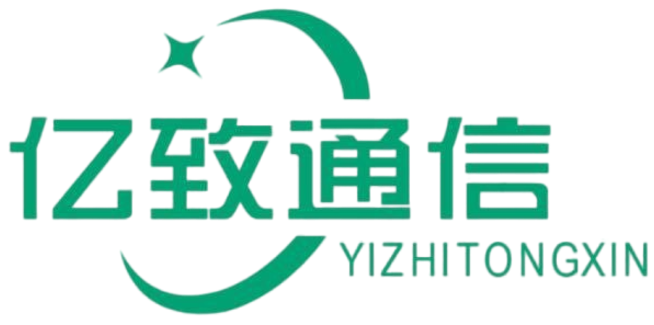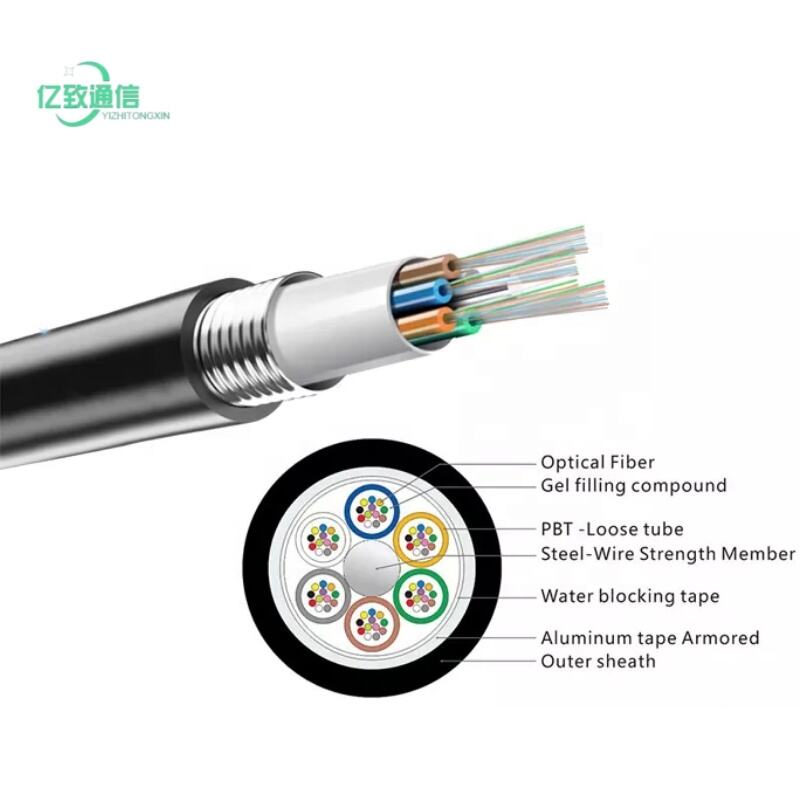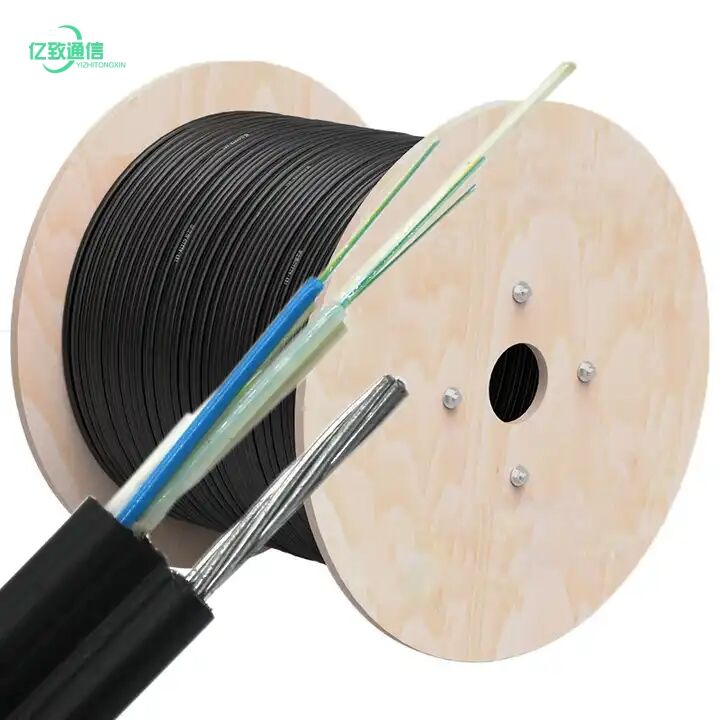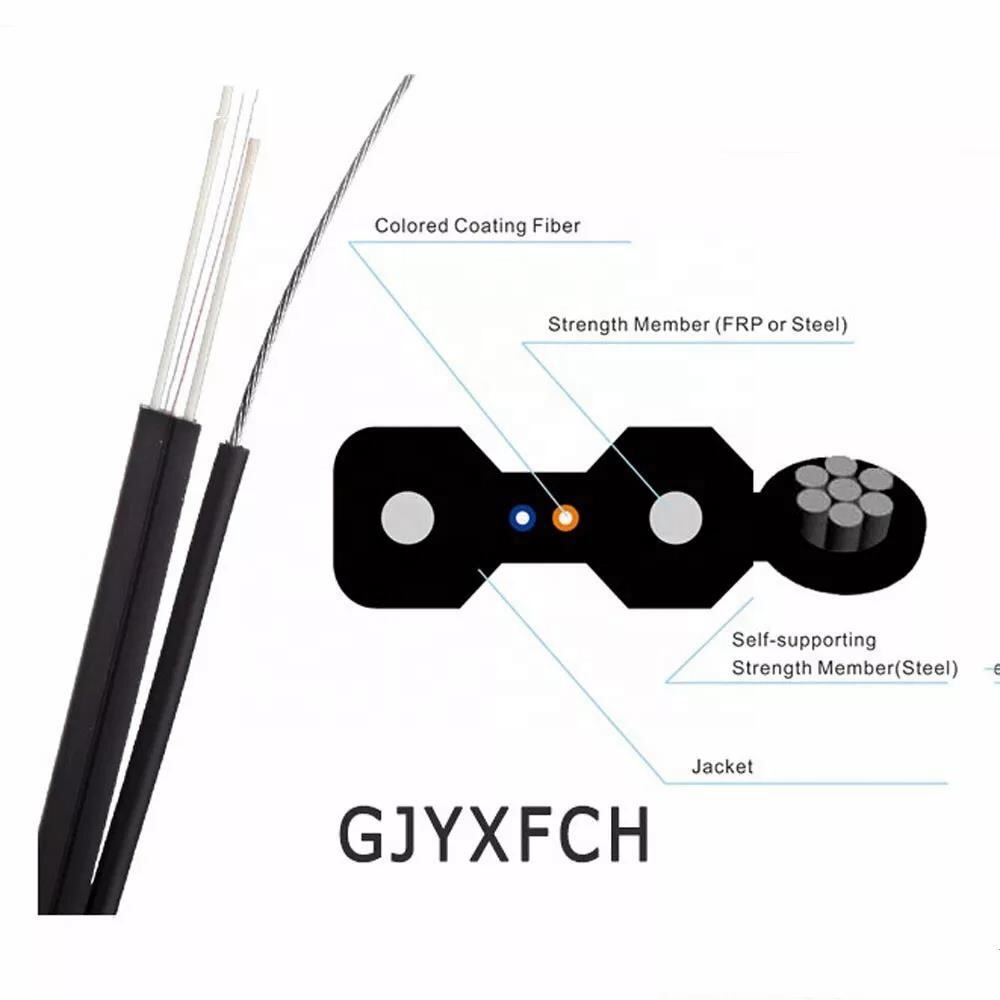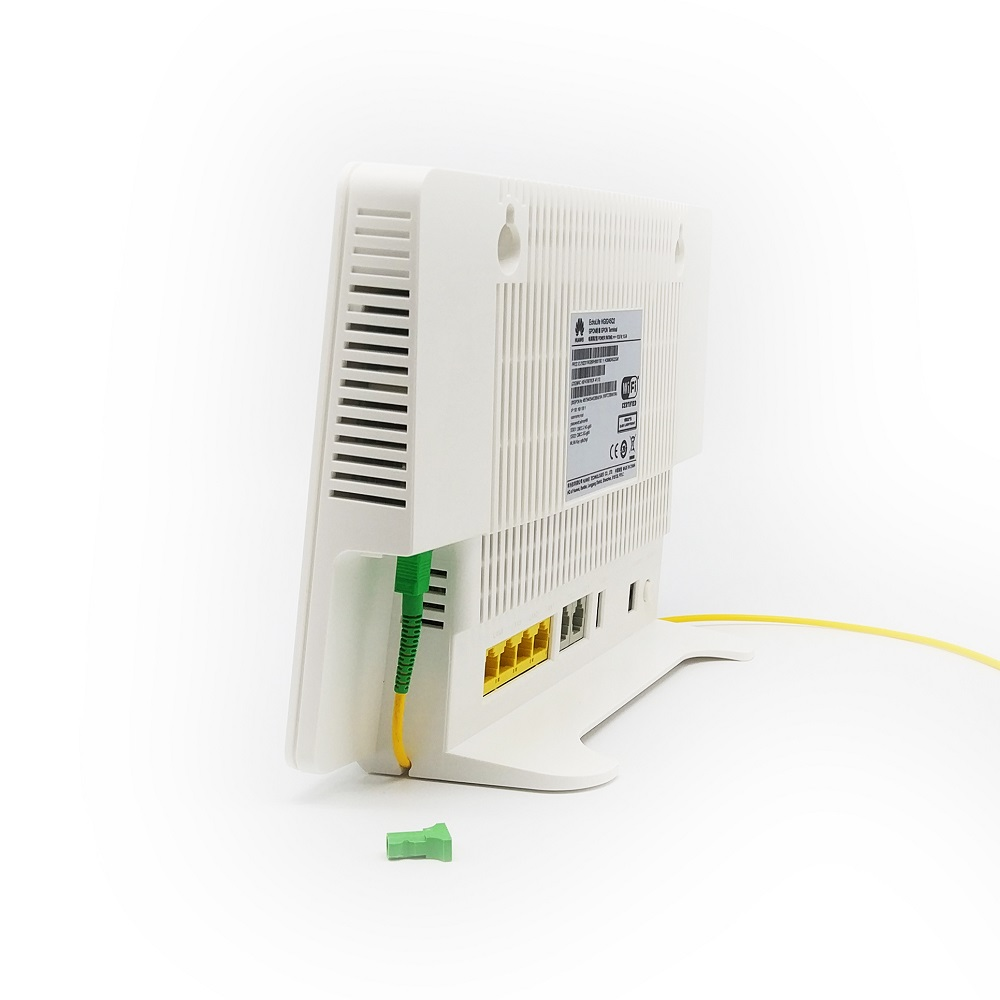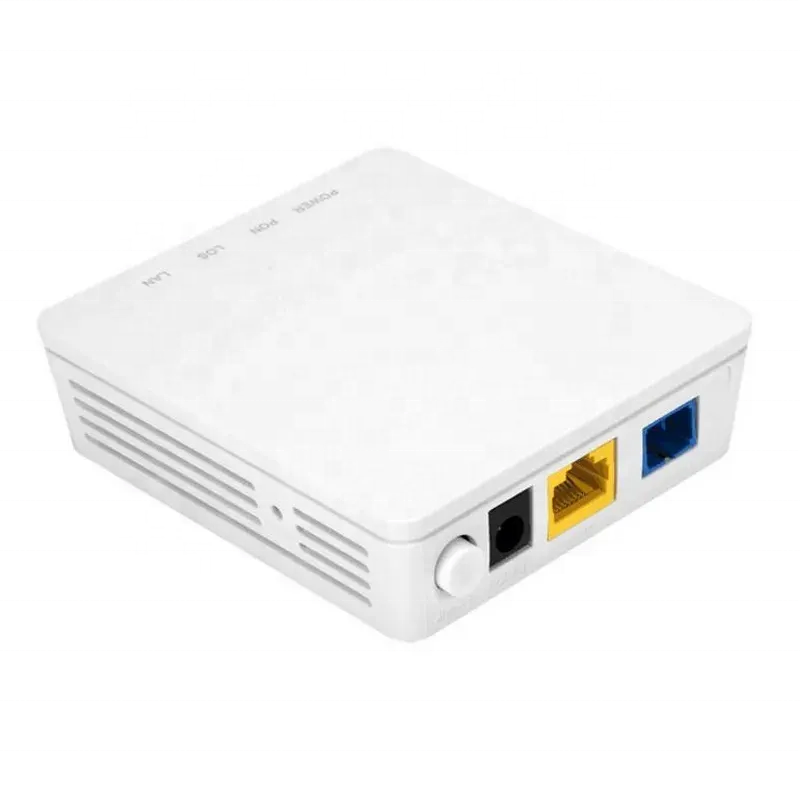high quality fiber optical cable
High quality fiber optical cable represents a revolutionary advancement in telecommunications and data transmission technology. This sophisticated communication medium consists of incredibly thin glass or plastic fibers that transmit data through pulses of light. With a core diameter often measuring just 8 to 62.5 microns, these cables enable the transmission of vast amounts of data at speeds approaching the speed of light. The cable's structure includes multiple protective layers: a central core where light travels, surrounded by cladding that reflects light back into the core, and outer protective coatings that provide durability and flexibility. Modern fiber optical cables can transmit data over distances exceeding 100 kilometers without signal regeneration, making them ideal for long-distance communications. They offer unprecedented bandwidth capacity, with current technologies supporting data rates of multiple terabits per second. These cables are immune to electromagnetic interference, ensuring reliable data transmission in environments where traditional copper cables would fail. The technology finds widespread application in telecommunications networks, internet infrastructure, cable television systems, and corporate data centers, forming the backbone of global digital communications.
